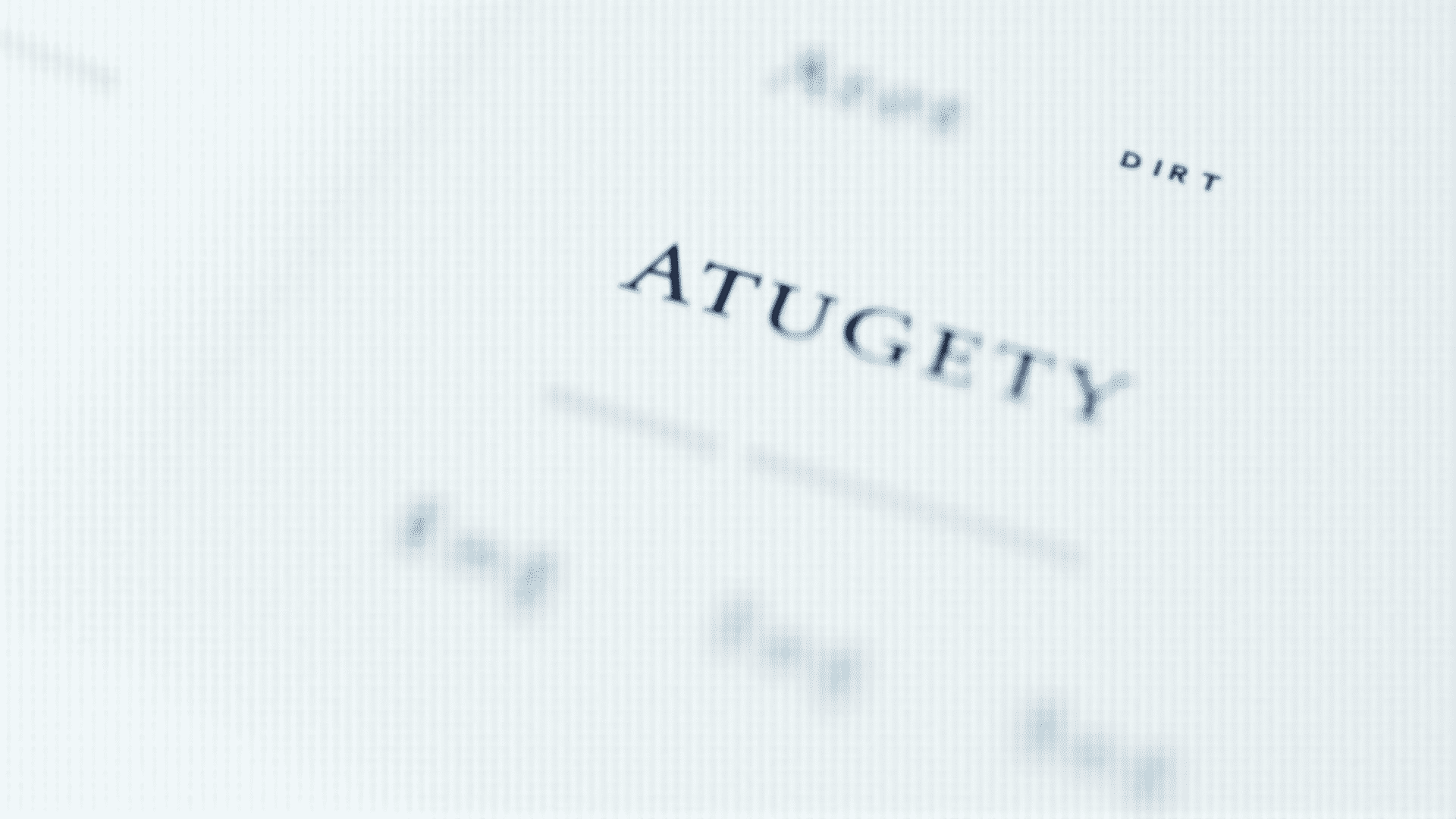The art of web typography is a fundamental aspect of creating an impactful online presence. It not only enhances the aesthetic appeal of a website but also plays a critical role in conveying a brand's essence and message to its audience. Understanding how to select appropriate fonts and organize text effectively can make a significant difference in user experience and engagement.
Understanding Typography Basics
Typography goes beyond mere font selection; it involves a comprehensive understanding of how text is perceived and processed by the audience. It encompasses several elements including font style, size, line spacing, and color, all of which contribute to the readability and overall visual hierarchy of content.
-
Font Selection: The foundation of web typography lies in choosing the right typeface. Sans-serif fonts like Arial or Helvetica offer a clean and modern look, often suited for digital content. On the other hand, serif fonts like Times New Roman bring a touch of tradition and reliability, often used for more formal contexts. Understanding the personality of a brand is crucial when selecting fonts, as they directly impact the tone and feel of the website.
-
Visual Hierarchy: Establishing a clear hierarchy is essential in guiding visitors through content seamlessly. Headings, subheadings, and body text should be distinctly styled to direct attention and maintain interest. This can be achieved through varying font sizes, weights, and colors to prioritize certain sections over others.
Enhancing Readability
User experience is at the heart of web typography. Ensuring that text is easy to read and navigate is vital for keeping users engaged.
-
Line Spacing and Length: Adequate line spacing (or leading) is important to prevent text from appearing cramped, affecting readability. Likewise, keeping line lengths moderate (typically 50-75 characters) ensures that the reading process is comfortable and natural.
-
Color and Contrast: The choice of colors can dramatically affect how text is perceived. High contrast between text and background improves readability. It’s crucial to consider accessibility by choosing color combinations that are clear for those with visual impairments, ensuring an inclusive experience for all users.
Integrating Responsive Design
In an ever-evolving digital landscape, ensuring typography is adaptable across all devices is non-negotiable. Designers must consider responsive design principles to maintain the intended aesthetic and functionality, whether on a mobile phone, tablet, or desktop.
-
Fluid Typography: Implementing scalable units like "em" or "rem" for font size allows text to adjust dynamically based on the screen size, ensuring consistency.
-
Media Queries: Utilizing CSS media queries allows specific typographic styles to be applied based on the user's device, enhancing usability and maintaining brand consistency.
Final Considerations
Achieving mastery in web typography involves a balance between creativity and functionality. It’s about making thoughtful choices that align with both brand identity and user needs. Consistent refinement and testing with real users are essential in crafting an engaging and effective website.
In conclusion, web typography is more than just an aesthetic choice; it’s a strategic tool that encapsulates a brand's values and facilitates communication. By focusing on typography, one can elevate the storytelling of a website and build a deeper connection with its audience.
